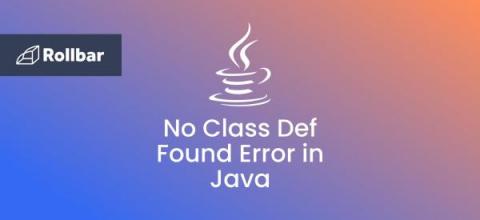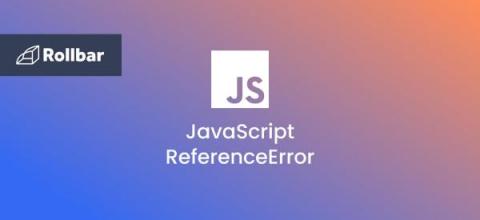How to Fix the Unknown Format Conversion Exception in Java
The UnknownFormatConversionException is an unchecked exception in Java that occurs when an unknown conversion is given. Since the UnknownFormatConversionException is thrown at runtime, it does not need to be declared in the throws clause of a method or constructor.











